Some coats of arms look so strange that you want to ask what the artists used to create them. But there may be something interesting hidden behind the strange picture. This article contains ten most unusual coats of arms of the world and stories associated with them.
10. Coat of arms of nobility, Poland

The central element of this coat of arms is a cute white cat sitting on its hind legs with its tail tucked between its legs. Does this image symbolize some particularly valiant cat that helped win a naval battle with its sharp claws? Unfortunately, it does not, and the answer is much more mundane.
The original coat of arms depicted a monkey, which sailors took with them to sea as a pet. Such an animal is called Meerkatze in German, which means nothing more than "sea cat". But somehow the emblem was changed, and today instead of a monkey it literally depicts a sea cat.
9. Coat of arms of the commune of Abfaltersbach, Austria
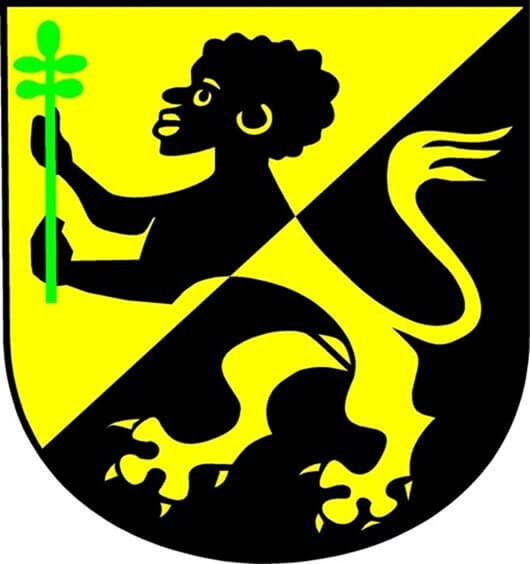
The crossing of two different images in heraldry is not uncommon. However, why in this case the choice fell on the Moor and the lion? The fact is that the commune was created on the border of two possessions - the Counts of Goritsky (their shield depicts a lion) and the Prince-Bishop of Freising (his shield depicts a Moor).
But with the Moor, things are more complicated. Presumably, this is Saint Maurice, who, according to legend, lived in Egyptian Thebes. That is why the artist depicted him as black.
8. Coat of arms of the Chernyshevsky district of the Zabaikalsky Krai, Russia
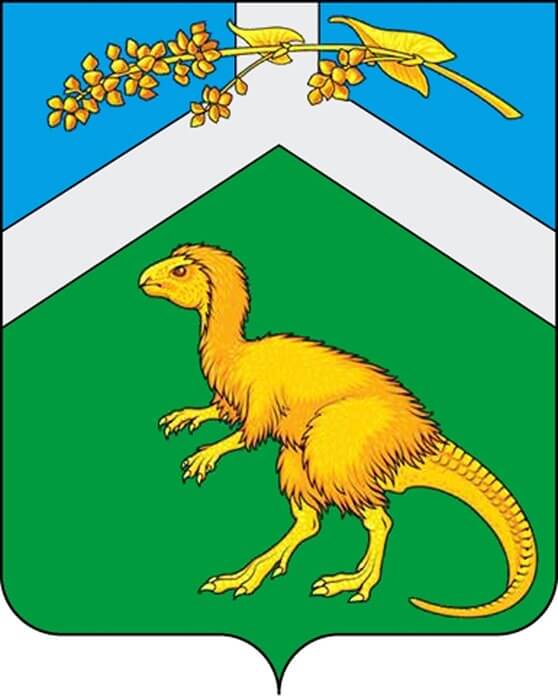
The dinosaur depicted on the coat of arms is a reminder that the remains of these ancient creatures were found (and are still being found) in the Chernyshevsky district.
In 2010, a unique dinosaur was found there, which was given the name Kulindadromeus zabaikalicus, or the Transbaikal kulindadromeus. Traces of protofeathers resembling fur were found on it. It is the image of the kulindadromeus that adorns the coat of arms. And the white lines above it symbolize the confluence of three rivers.
7. Coat of arms of Irkutsk, Russia
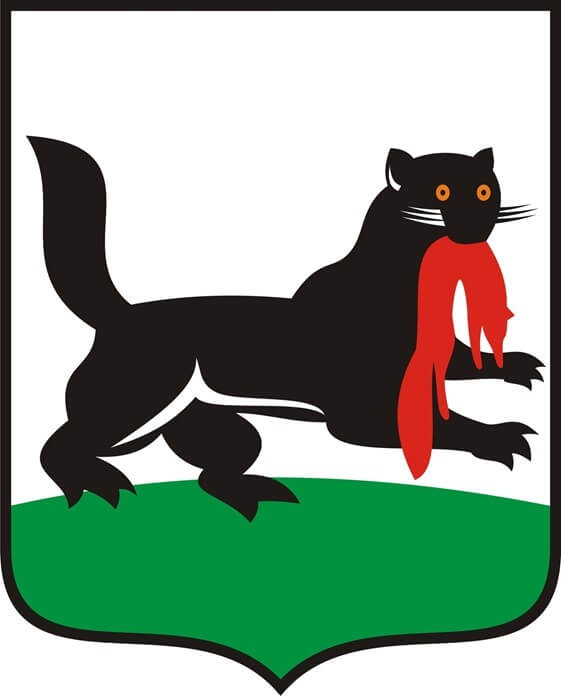
Sometimes human ignorance interferes with the creation of a coat of arms, and then everything goes wrong. A striking example of this is Irkutsk, whose coat of arms features a black tiger with red eyes, webbed paws and a beaver-like tail. In its teeth it holds a red sable.
Tigers periodically enter the territory of the Irkutsk region, and the Siberian name for this animal is babr. An unknown official corrected the letter "a" in the word "babr" to "o", and thus an outlandish hybrid of a tiger and a beaver was created. The unfortunate mistake in "babr" was corrected only in 1997, but the image on the city's coat of arms remained the same.
6. Coat of arms of Mozambique
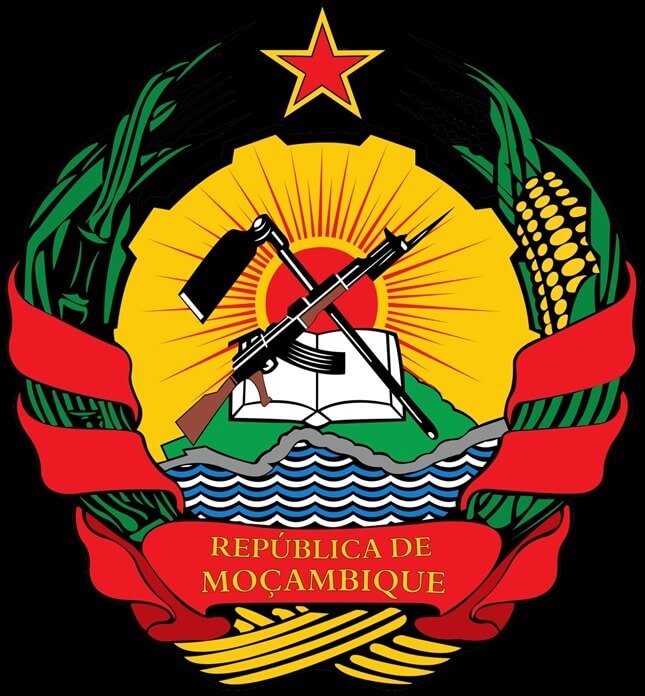
The Kalashnikov AK-47 is the choice of the fighters of the liberation movement (Frente de Liberacion de Mozambique) who paved the way for the country's independence. The rifle is said to represent both protection and vigilance, while the hoe and open book that accompany it represent agriculture and education.
The sun and the star at the top symbolize new life and socialism, the golden field – a happy future, the cogwheel – industry and the working class, the waves – the water resources of Mozambique.
5. Coat of arms of Pilsen, Czech Republic

According to local folklore, in the early 15th century, a camel scared away the Hussite army that had been unsuccessfully besieging the city of Pilsen for nine months. As a result, the animal became a symbol of the city's powerful defense and was added to its coat of arms in 1433.
By the way, there is a camel on the coat of arms of the Russian city of Chelyabinsk. It symbolizes the abundance of goods and the fact that the city's prosperity depends on successful trade.
4. Coat of arms of Thailand
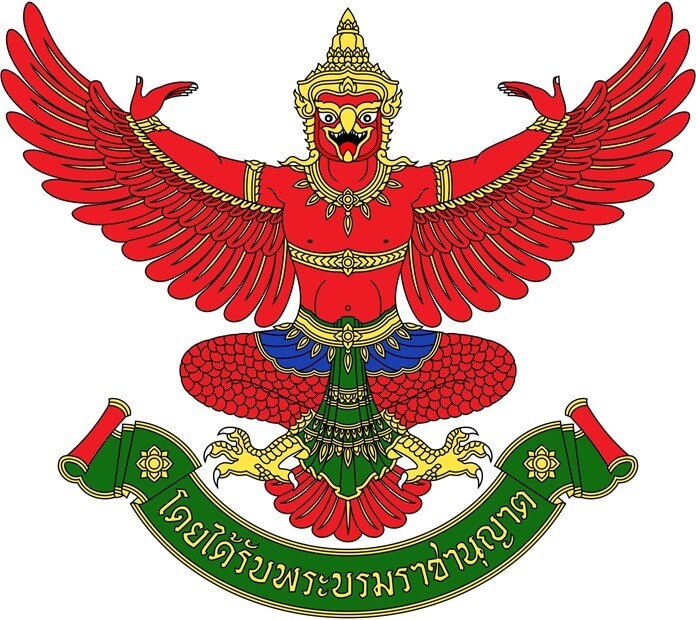
The coat of arms of one of the most popular holiday destinations for Russians depicts the Garuda bird, the riding animal of the god Vishnu. As a companion of Vishnu, Garuda adopted some of his qualities, such as protection and the removal of obstacles.
Garuda is also a national symbol of Indonesia and is present on the coat of arms of Ulaanbaatar, as it is the patron of the sacred Mongolian mountain Bogd Khan Uul.
3. Coat of arms of Oman
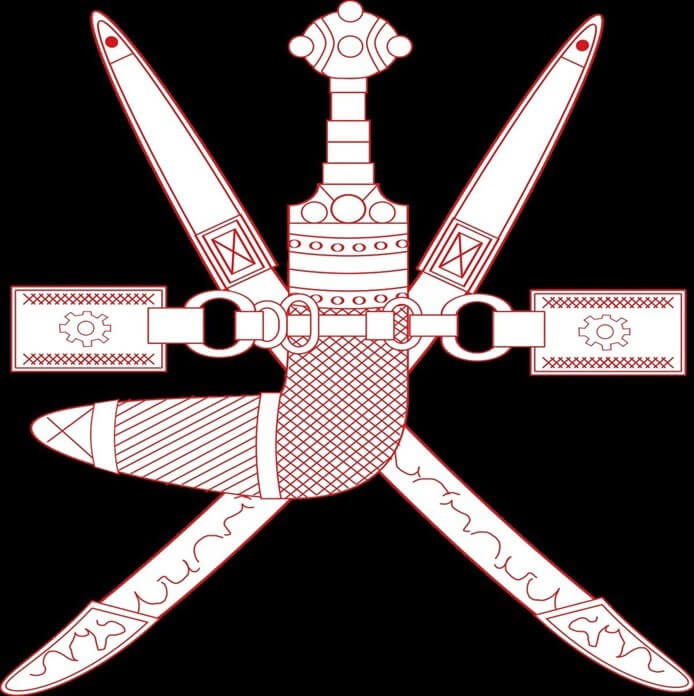
This is one of the strangest coats of arms in the world – you can’t immediately tell what is on it. It was created in the 18th century as an emblem of the ruling family of Oman, and the weapons – two sabres and a curved dagger, a khanjar, in a sheath – are the traditional weapons of the country. The Omani coat of arms also depicts belt details.
2. Coat of arms of Marxheim, Germany

This is not a mutant red lion, nor is it some real animal that has been transformed beyond recognition. This is a dragon that has become the symbol of one of the German communes. Such atypical images are called "peculiar". Initially, this was the coat of arms of the Counts of Lechsgemünd-Greisbach.
1. Coat of arms of Silicia, Italy
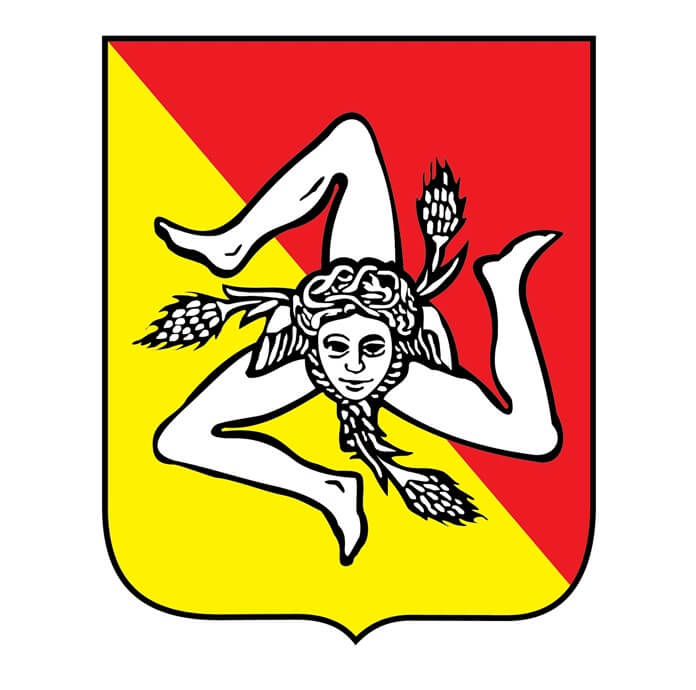
The Sicilian coat of arms depicts a strange woman with three legs and no body. This is a triskelion, an ancient symbol invented by the Greeks who colonized Sicily. The three legs symbolize the three peaks – Capo Passero in the south, Capo Peloro in the east, and Capo Lilibeo in the west.
The ears of wheat are a tribute to the fertility of the island. The triskelion originally depicted the head of Medusa the Gorgon. It was later replaced by the head of the goddess, a symbol of the eternal passage of time.

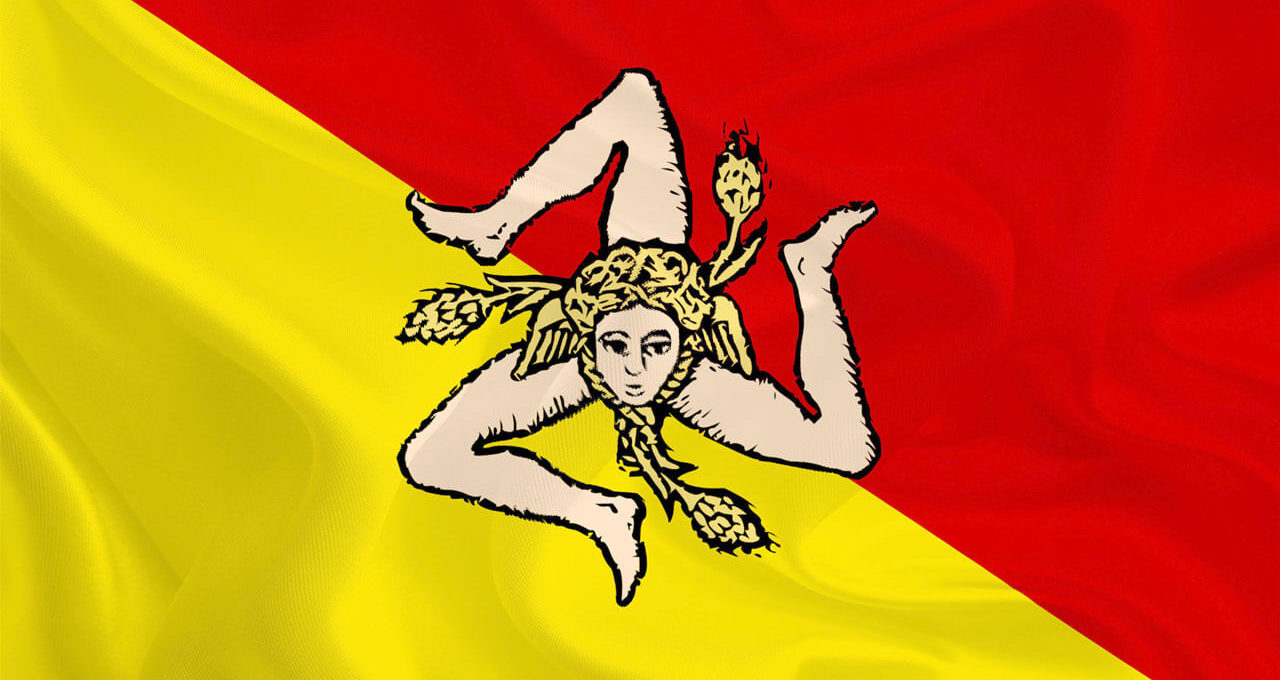
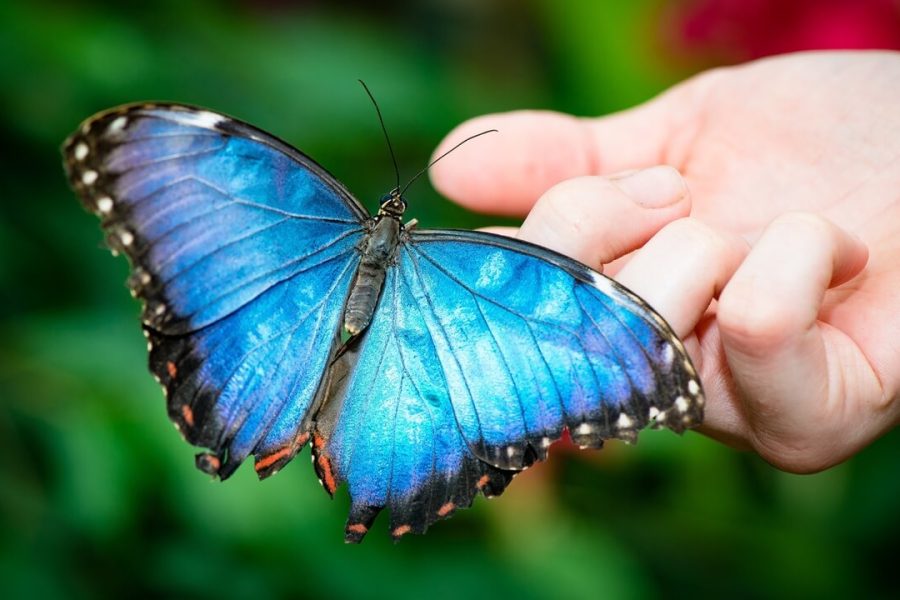




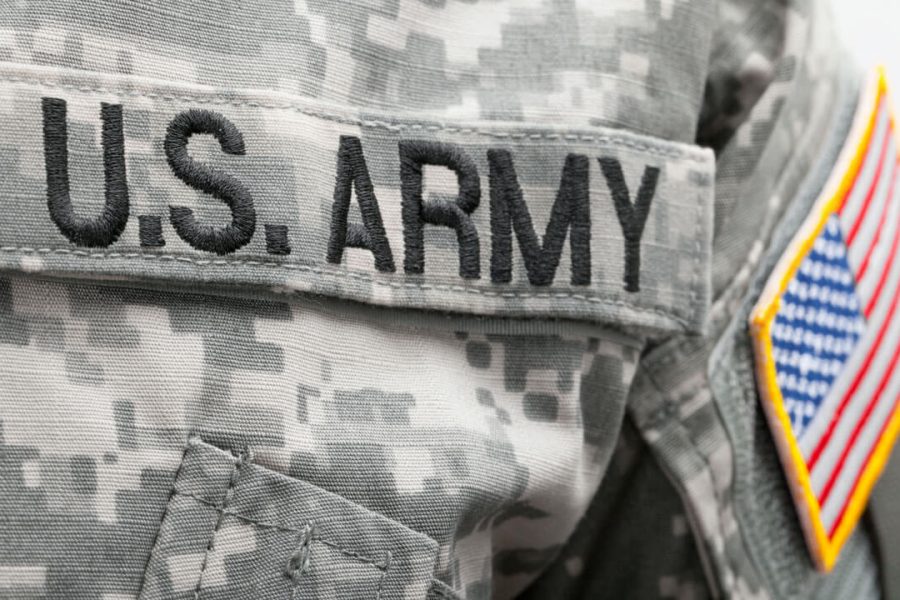
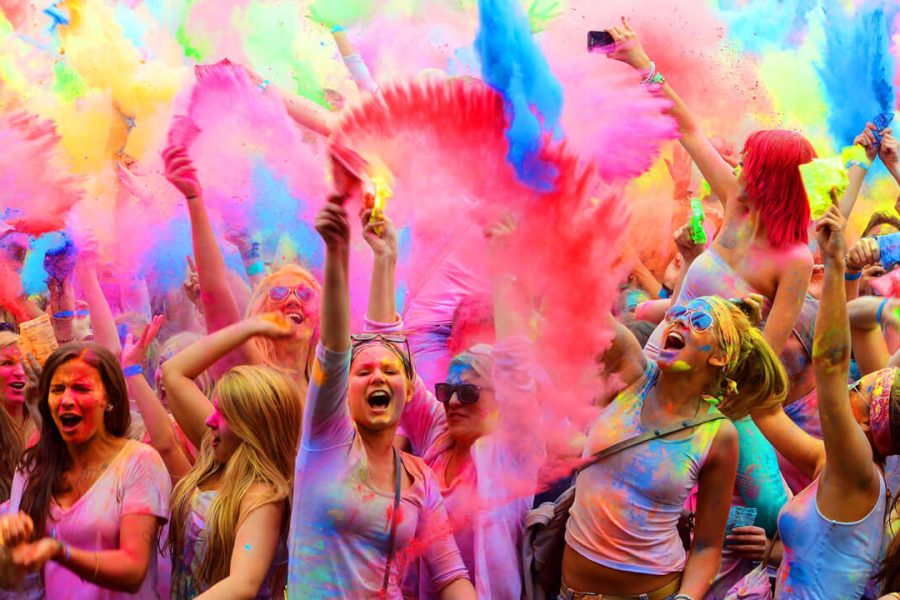





Оставить Комментарий